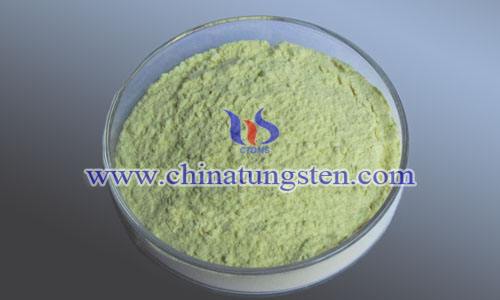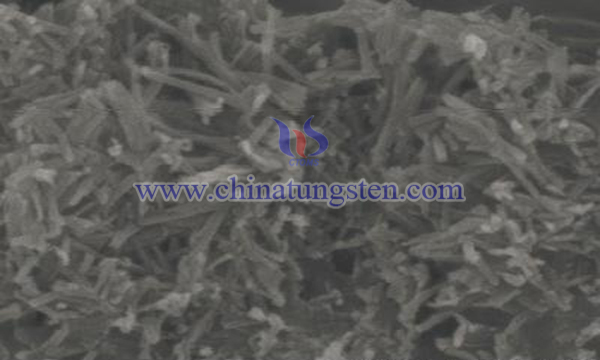Nano Tungsten Carbide Powder for Shield Cutting Tools
- Details
- Category: Tungsten Information
- Published on Tuesday, 12 November 2019 09:35
- Written by meiwei
- Hits: 1696

At present, China's major cities are booming in the construction of rail transit projects. Because of its unparalleled advantages, shield method has been widely used in the construction of rail transit tunnels.
Read more: Nano Tungsten Carbide Powder for Shield Cutting Tools
Rare Earth Doped Tungsten Oxide Nanostructured Films
- Details
- Category: Tungsten Information
- Published on Monday, 11 November 2019 10:30
- Written by meiwei
- Hits: 1829

Rare earth trivalent ions have rich 4f energy level configuration, and their fluorescence characteristics are greatly affected by the crystal field environment and the symmetry of the lattice. At present, many scholars use the small size effect of semiconductor nano materials (ZnO, TiO2) and lattice sensitization to improve the optical properties of rare earth trivalent ions, which are widely used in biological fluorescent probes, optical devices and new luminescent materials.
Read more: Rare Earth Doped Tungsten Oxide Nanostructured Films
Recovering Sodium Hydroxide Process from Tungsten Smelting
- Details
- Category: Tungsten Information
- Published on Monday, 11 November 2019 09:59
- Written by meiwei
- Hits: 1773

With the continuous exploitation of tungsten resources, scheelite and medium ores with high impurity content become the main sources of tungsten smelting raw materials. In the existing technology, the smelting of Scheelite Concentrate and medium ore generally adopts the high alkali pressure boiling technology, and the alkali input is generally 2.8-4 times of the theoretical amount. The quality ratio of excess NaOH and WO3 in the coarse sodium tungstate solution obtained after the alkali pressure boiling slurry is 0.7-1.2. If not recovered, it will not only bring adverse effects on the subsequent process, but also consume sulfuric acid to neutralize it before discharging.
Read more: Recovering Sodium Hydroxide Process from Tungsten Smelting
Nano Tungsten and Molybdenum Can Improve the Conductivity of Graphene
- Details
- Category: Tungsten Information
- Published on Monday, 11 November 2019 10:20
- Written by meiwei
- Hits: 1920

For electronic and photoelectric applications, solar cells convert energy from sunlight to electricity. Graphene has excellent charge transfer performance. Electrons move in graphene at 1 / 30 of the speed of graphite - much faster than other materials. This shows that graphene can be used in solar cells, but graphene also has a major disadvantage, which hinders this application - its ultra short life excited electrons are only about one picosecond (one millionth of a second).
Read more: Nano Tungsten and Molybdenum Can Improve the Conductivity of Graphene
Tetragonal Nano Tungsten Oxide Preparation by Hydrothermal Method
- Details
- Category: Tungsten Information
- Published on Sunday, 10 November 2019 23:49
- Written by meiwei
- Hits: 1886

Nano WO3 has a strong absorption capacity for electromagnetic wave. It can be used as an excellent absorption material in the utilization of solar energy and an important invisible material in the military. It also has a huge specific surface area and remarkable surface effect. It has been widely used in fuel cells, chemical sensors, optoelectronic devices and other fields.
Read more: Tetragonal Nano Tungsten Oxide Preparation by Hydrothermal Method





 sales@chinatungsten.com
sales@chinatungsten.com